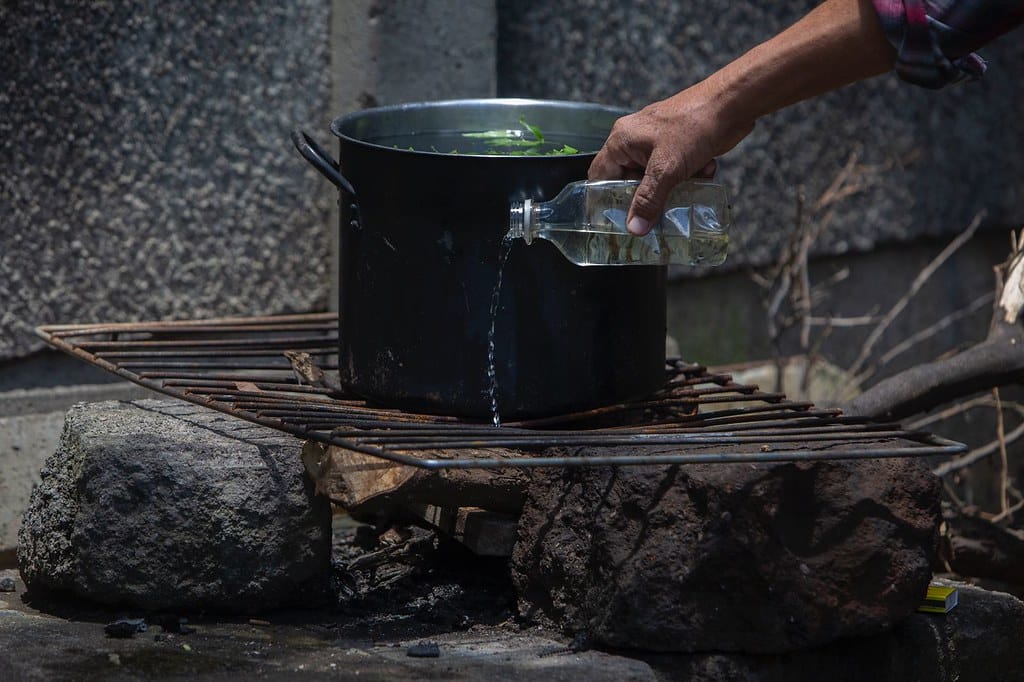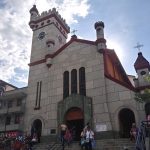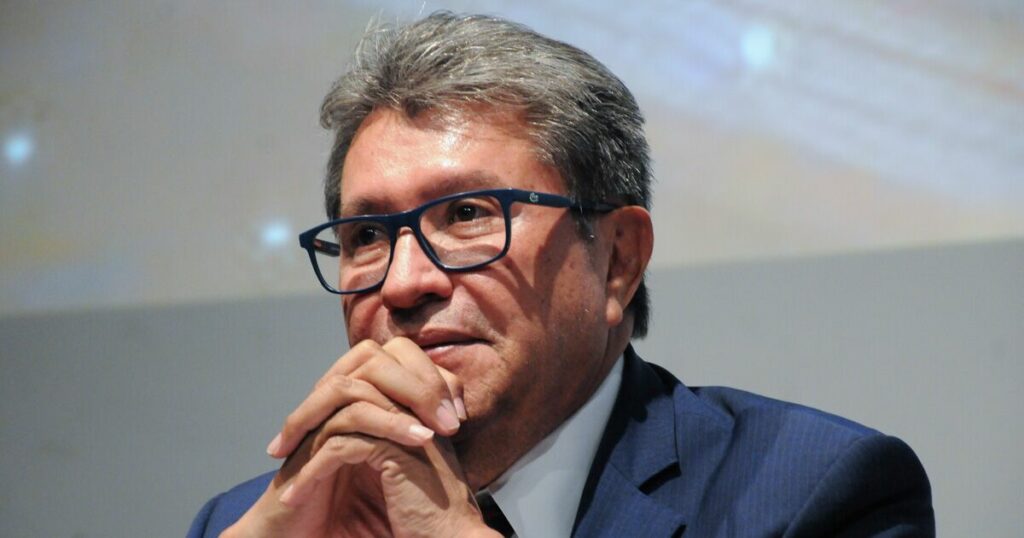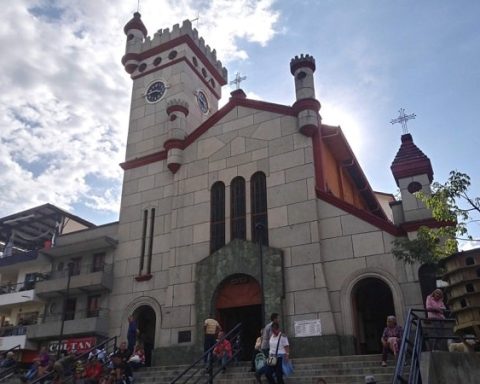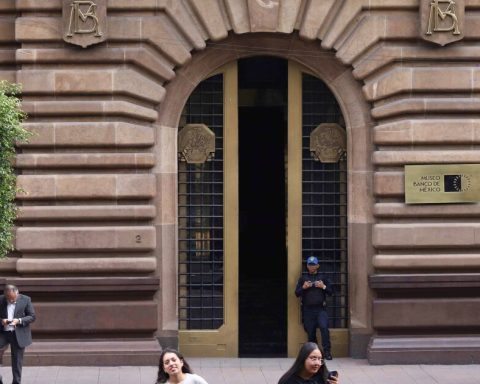For 24 consecutive weeks, the Ortega-Murillo regime has maintained an invariable subsidy for petroleum products, from which it has left out kerosene, popularly known as “gas”, a fuel used mainly to light fires or light, especially in rural and impoverished urban areas of the country.
In addition, during those five and a half months, kerosene has registered the greatest increases in its price: up to 22.62 cordobas per liter, according to data from the Nicaraguan Institute of Energy (INE).
According to official figures, at the beginning of last January, a liter of kerosene was sold at 35.41 córdobas (133.84 córdobas per gallon), for this week the average price is 51.80 córdobas per liter (195.80 córdobas per gallon).
Last June, when the other fuels had already had frozen prices for two months Due to the subsidy, kerosene was quoted between 55 and 58 cordobas per liter, being 58.03 cordobas (219.35 cordobas per gallon) the highest price so far in 2022. This value was recorded in the last week of that month.
Rubén Ernesto Arriola, from the Consumer Manager Consultancy, explained that this fuel has been excluded from the subsidy due to its “little use” and possibly to “collect” what the oil companies do not collect, for the moment, with the other fuels.
Growing kerosene consumption
Data from the Ministry of Energy and Mines (MEM) and the INE —published until 2020— show that the national consumption of kerosene, in the last decade, remained between 10,000 and 14,000 barrels per year.
In 2011, the INE reported a consumption of 11,410 barrels of kerosene, for 2015 it dropped to 10,550 barrels, according to the MEM. The latest statistics published by this ministry, in 2020, show a consumption of 13,200 barrels.
Compared to other oil derivatives, kerosene is one of the least in demand in Nicaragua, along with jet fuel (Avgas). However, its use is popular in rural and impoverished urban areas, which use it as a source for starting fires, in kitchens or lighting.
“Its use is not as frequent in the cities, but there are quite a few users in rural areas, that is, in the mountains of Nicaragua, where they still use it to light stoves and even light themselves with oil lamps,” Arriola commented.
The expert on consumer issues pointed out that, by excluding this fuel from the state subsidy, the Government affects kerosene consumers, since they assume the increases in the product, which is added to the increase in the value of the basic family basket, which for last August closed at 18,000.54 cordobas.
“From the Consumer Manager Consultancy we propose that a review be made and that (kerosene) be included in the list of fuels benefiting from the subsidy,” Arriola stressed.
More than five months with subsidy
Nicaragua will add as of this Sunday 25 consecutive weeks with invariable fuel prices, after this Friday the INE and the MEM announced that they will maintain the costs to the final consumer for the next seven days.
“For the following week, the prices of gasoline and diesel will remain unchanged,” announced the state entities, in a measure that also includes Liquefied Petroleum Gas (LPG), used in Nicaragua for kitchens where food is prepared.
Since last April, super gasoline costs 48.97 cordobas per liter (185.10 cordobas per gallon); the regular one is quoted at 47.81 córdobas per liter (180.72 córdobas per gallon); and diesel —the fuel with the highest consumption nationwide— is sold at 43.21 córdobas (163.33 córdobas per gallon).
These average prices correspond to the service stations in Managua, since in the other departments and regions of the country the cost of transportation and distribution, as well as other expenses, must be added.
The prices of these oil derivatives have remained frozen as part of an opaque policy of the Daniel Ortega regime and Rosario Murillo, who has not specified where the funds come from or which budget item it affects.
Nicaragua has a fund of 200 million dollars as part of a line of credit of up to 800 million dollars, arranged by the Central American Bank for Economic Integration (CABEI) to finance a regional support program in the face of the global rise in prices of fuels.
This millionaire loan will be added to Nicaragua’s foreign debtwhich at the end of 2021 reached 14,308 million dollars, the highest peak during Ortega’s 15 years in power.
